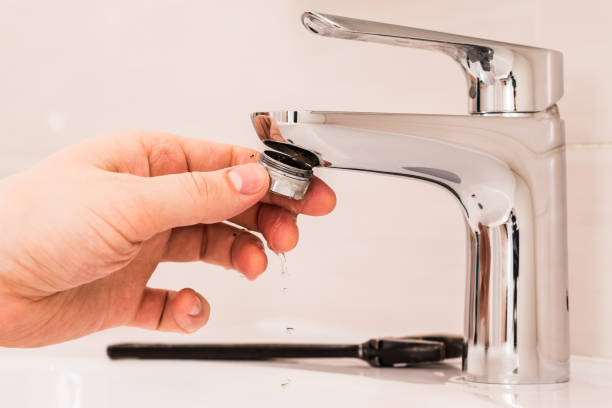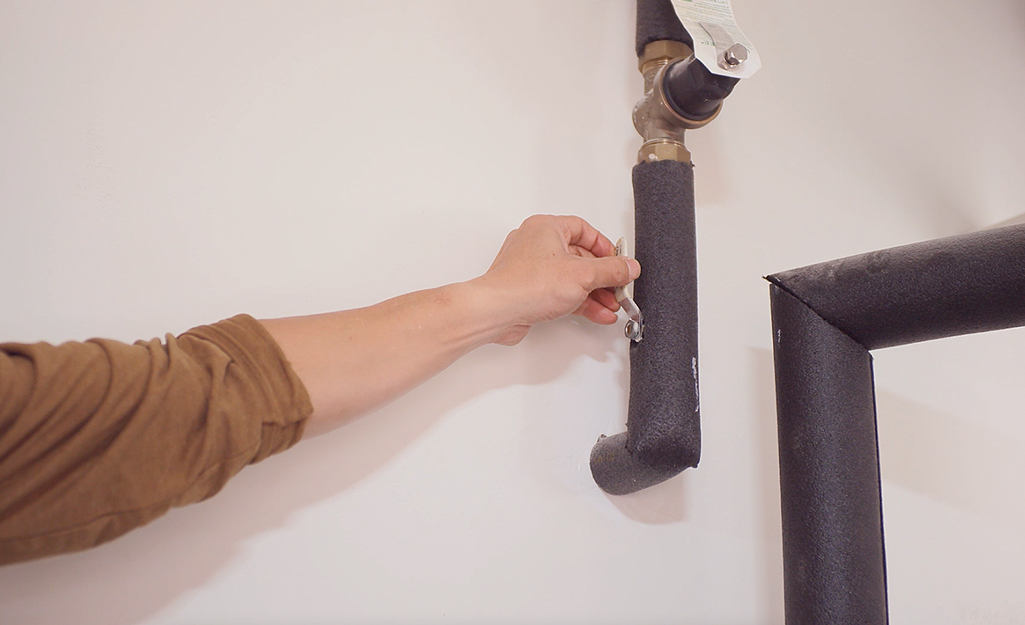Exploring the Importance of Resolving a Faulty Faucet
Exploring the Importance of Resolving a Faulty Faucet
Blog Article
We have unearthed this article relating to 4 Common Reasons for a Leaky Faucet directly below on the net and reckoned it made sense to relate it with you over here.

Dripping faucets could appear like a small hassle, but their influence exceeds simply the annoyance of the noise. From drainage to incurring unnecessary economic costs and health and wellness risks, neglecting a leaking tap can bring about numerous consequences. In this article, we'll delve into why it's important to resolve this common home issue promptly and successfully.
Wastefulness of Water
Ecological Impact
Trickling taps contribute substantially to water wastage. According to the Environmental Protection Agency (EPA), a single faucet leaking at one drip per second can throw away greater than 3,000 gallons of water annually. This not only pressures water resources however likewise impacts environments and wildlife dependent on them.
Step-by-Step Guide to Repairing a Dripping Tap
Tools Needed
Prior to trying to repair a leaking faucet, collect the necessary tools, including an adjustable wrench, screwdrivers, substitute parts (such as washing machines or cartridges), and plumber's tape.
Common Faucet Issues and Their Solutions
Recognize the type of faucet and the certain issue causing the drip. Common problems consist of worn-out washers, rusty shutoff seats, or faulty O-rings. Describe manufacturer directions or online tutorials for detailed assistance on repairs.
Financial Prices
Enhanced Water Costs
Beyond the environmental influence, leaking faucets can inflate water bills substantially. The built up wastage over time converts into greater utility costs, which could have been stayed clear of with timely repair services.
Prospective Property Damages
Additionally, long term leaking can bring about harm to fixtures and surfaces bordering the tap. Water accumulation can trigger discoloration, deterioration, and even structural problems if left neglected, resulting in additional repair service prices.
Health Issues
Mold and Mildew Growth
The continuous existence of moisture from a dripping tap develops an excellent setting for mold and mildew development. These fungis not only jeopardize indoor air top quality yet likewise pose wellness dangers, especially for people with respiratory system conditions or allergic reactions.
Waterborne Conditions
Stagnant water in trickling faucets can become a breeding ground for germs and other microorganisms, raising the danger of waterborne illness. Contaminants such as Legionella bacteria thrive in stagnant water, possibly bring about major illnesses when consumed or inhaled.
DIY vs. Specialist Repair
Advantages and disadvantages of Do It Yourself Fixing
While some may try to take care of a dripping faucet themselves, DIY repair work include their own collection of challenges. Without correct understanding and devices, do it yourself efforts can aggravate the issue or lead to incomplete repair services, prolonging the trouble.
Benefits of Employing a Professional Plumber
Hiring a specialist plumber ensures that the underlying cause of the trickling faucet is dealt with properly. Plumbing technicians have the know-how and equipment to detect and repair tap issues effectively, saving time and lessening the danger of further damage.
Ecological Responsibility
Specific Payment to Conservation
Taking obligation for fixing leaking faucets aligns with broader initiatives towards water conservation and ecological sustainability. Every individual's activities collectively make a considerable influence on protecting valuable sources.
Lasting Living Practices
By prioritizing timely repair work and adopting water-saving habits, individuals add to lasting living practices that benefit both present and future generations.
Safety nets
Regular Maintenance Tips
To stop dripping faucets, carry out regular upkeep such as cleansing aerators, examining for leaks, and changing damaged components without delay. Additionally, take into consideration setting up water-saving tools or upgrading to a lot more effective components.
Importance of Prompt Repair Works
Attending to dripping taps as quickly as they're noticed protects against further water waste and possible damage, eventually saving both water and money in the future.
Impact on Property Worth
Assumption of Well-Maintained Residential Property
Maintaining a building in good condition, consisting of dealing with upkeep concerns like trickling faucets, boosts its regarded worth and worth among prospective buyers or occupants.
Impact on Resale Value
Features with well-maintained plumbing components, consisting of faucets, command higher resale values in the realty market. Attending to trickling taps can contribute to a positive impact throughout home examinations and settlements.
Verdict
Resolving a trickling faucet surpasses plain ease; it's an important action toward conserving water, decreasing financial prices, and securing health and home. Whether with do it yourself repair services or professional help, taking action to repair dripping taps is a little yet impactful way to advertise responsible stewardship of sources and add to a healthier, extra lasting future.
Most Common Reasons for a Leaky Faucet and How to Stop the Drip
Whether it’s your kitchen faucet leaking or a bathroom faucet leaking, one leaky faucet can waste anywhere from three to 30 gallons of water every single day. If the constant drip-drip-drip doesn’t get your attention, your water bill will. The good news is that, by following a few simple steps, chances are pretty good you can fix the problem yourself.
Why is it dripping?
Before you start taking things apart, let’s break down some of the most common causes of a leaky faucet.
Bad O-ring.
A cartridge is a valve that controls the flow of water into the faucet spout. On cartridge faucets there’s an O-ring—the little disc attached to the stem screw that holds the faucet handle in place. If it’s loose or worn-out, it can cause your sink handle to leak. Of course, the cartridge itself could be worn out. If that’s the case, make sure you replace it with the exact same kind.
Corroded valve seat.
The valve seat connects the faucet and the spout. If the leak seems to be coming from the spout, it might be because a buildup of water sediment has corroded the valve seat.
Worn-out washers or seals.
A leaky spout could be caused by a bad washer that rests against the valve seat. It’s just a matter of time before friction takes its toll. It could also be the wrong size washer or one that’s been installed incorrectly. Water sediments can also corrode inlet and outlet seals.
Water pressure.
If the faucet only drips now and then, or when you turn the handles a certain way, you should probably check your home’s water pressure.
Loose or broken parts.
The adjusting ring and packing nuts in the stream screw can become loose over time, causing your sink handle to leak. Try tightening or replacing the packing nut. If the leak is coming from the pipes underneath the sink, you probably have a broken pipe or fitting. If that’s the case, you should definitely call a plumber.
Know your faucet.
Faucets come in a variety of types. Each one has its own assembly—and its own possible causes of leaks. Learning about the four most common kinds of faucets will help you know how to take them apart and make any repairs.
How to stop a leaky faucet
Fixing that leaky faucet doesn’t have to take a lot of time, money, or expertise. It’s usually a simple matter of replacing a worn-out washer or gasket, a loose O ring, or another part. Chances are really good you can do this yourself if you follow these simple steps.
Shut off the water.
Before you tackle the faucet, cut off the water supply to the sink. There should be one valve for hot and one for cold. Hand-turn them clockwise with your hands till they close. If there are no valves under the sink, head to the basement and shut off the main water supply to the house. Then turn on the faucet until it empties out the water that’s still in the line and you’re ready to start. It’s a good idea to cover the sink drain with a plug or a rag so you don’t lose any small pieces and parts while you’re working.

I hope you liked our part about 4 Common Reasons for a Leaky Faucet. Thanks a ton for finding the time to browse our blog. Sharing is nice. Helping people is fun. We love reading our article about Leaky Faucets: Why They Happen & What to Do About Them.
Report this page